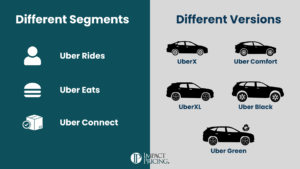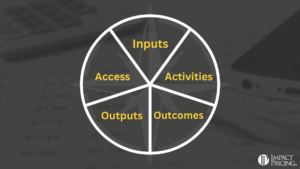You can listen to the full audio version of this blog we call — Blogcast.
Last week I defined Context Driven Pricing as charging what a buyer is willing to pay (WTP). The first tenet of Context Driven Pricing is: willingness to pay depends on context. Many people think of WTP as a fixed number, but the reality is far more complex and interesting. Your customers’ WTP is highly dependent on context.
The Fluid Nature of Willingness to Pay
Think about it – how much are you willing to pay for a bottle of water? It depends, right? If you’re at home with easy access to tap water, maybe a few cents. But what if you’re in the middle of a desert, parched and desperate? Suddenly, that same bottle of water might be worth hundreds of dollars to you.
This example illustrates a crucial point: WTP is not an inherent property of a product or service. Instead, it’s a reflection of the value a customer perceives in a specific situation.
Factors That Influence Willingness to Pay
Several contextual factors can dramatically impact a customer’s WTP:
Urgency: The more urgent the need, the higher the WTP. This is why people are willing to pay surge pricing for ride-sharing during peak hours.
Alternatives: WTP tends to decrease when customers have more options. Customers will likely pay more if you’re the only game in town.
Environment: Physical and social surroundings matter. People are often willing to pay more for a beer at a fancy restaurant than at a dive bar.
Emotional state: Happy customers might splurge more, while stressed customers might be more price-sensitive.
Reference prices: What customers expect to pay can significantly influence their WTP. If they’re used to paying $5 for coffee, a $4 cup might seem like a bargain.
Market factors: Events in the marketplace influences WTP. A company is willing to pay more for cybersecurity shortly after their competitor is hacked.
Implications for Pricing Strategy
Understanding the contextual nature of willingness to pay has profound implications for pricing strategy:
Segmentation opportunities: Different contexts create natural segments with varying WTP. Smart companies find ways to charge different prices to these segments.
Dynamic pricing: Adjusting prices based on changing contexts (like time of day or demand levels) can help capture more value.
Value communication: By highlighting the right contextual factors, you can influence perceived value and, consequently, WTP.
Product differentiation: Creating unique contexts or experiences around your product can justify premium pricing.
You can take action today by examining your product or service. Can you identify different contexts in which it’s used or purchased? How might WTP vary across these contexts? Even small steps toward recognizing and leveraging these differences can significantly improve your pricing strategy.
Remember, in pricing, context is king. By understanding and shaping the context in which your customers make decisions, you can influence their WTP and capture more value.
Share your comments on the LinkedIn post.
Now, go make an impact!
 Tags: pricing, pricing metrics, pricing strategy, sales, value
Tags: pricing, pricing metrics, pricing strategy, sales, value













